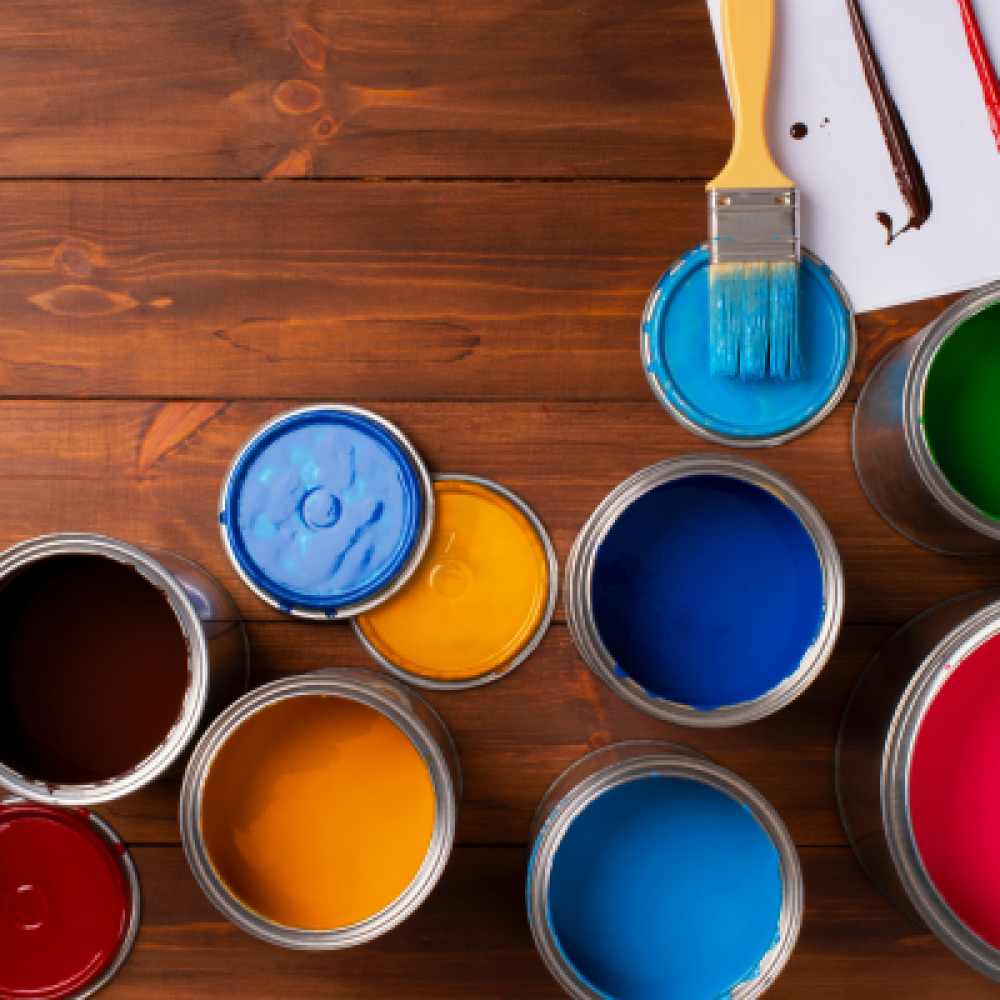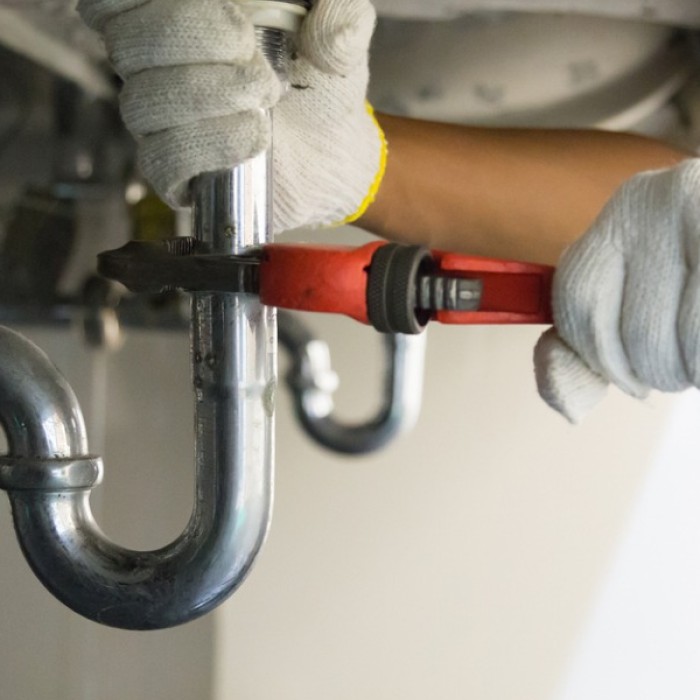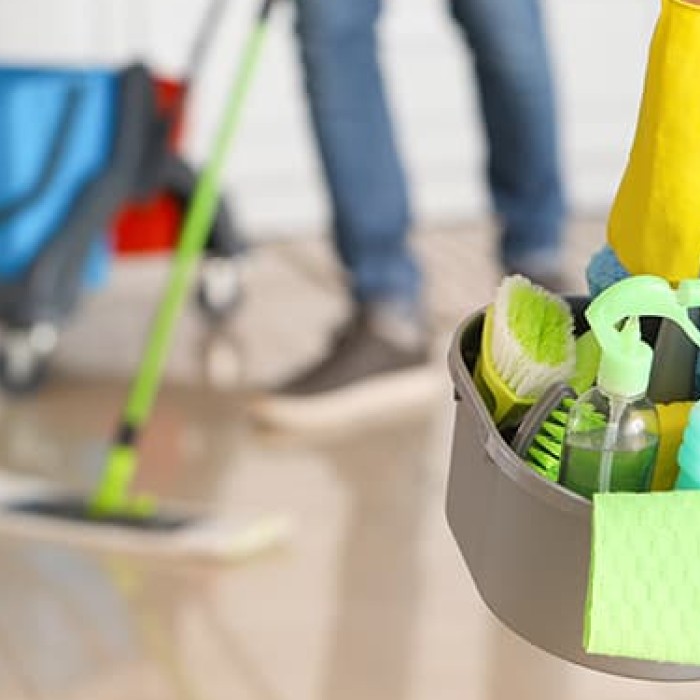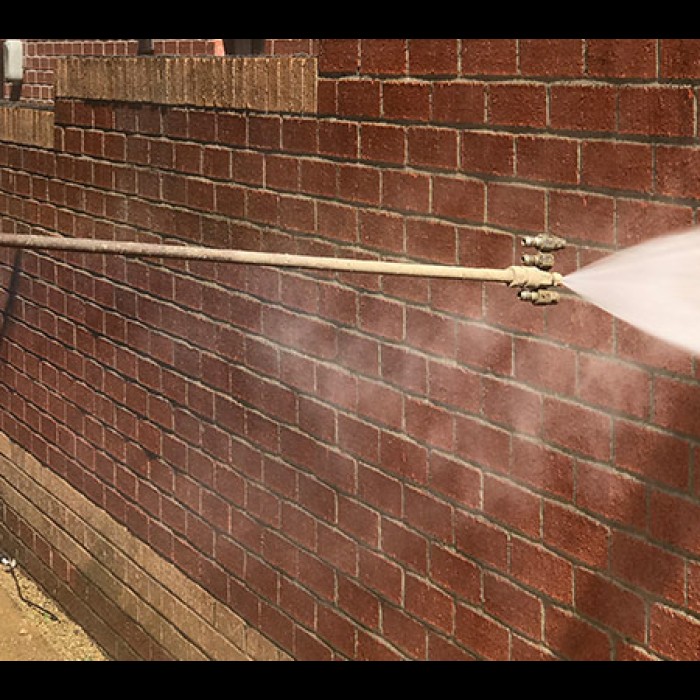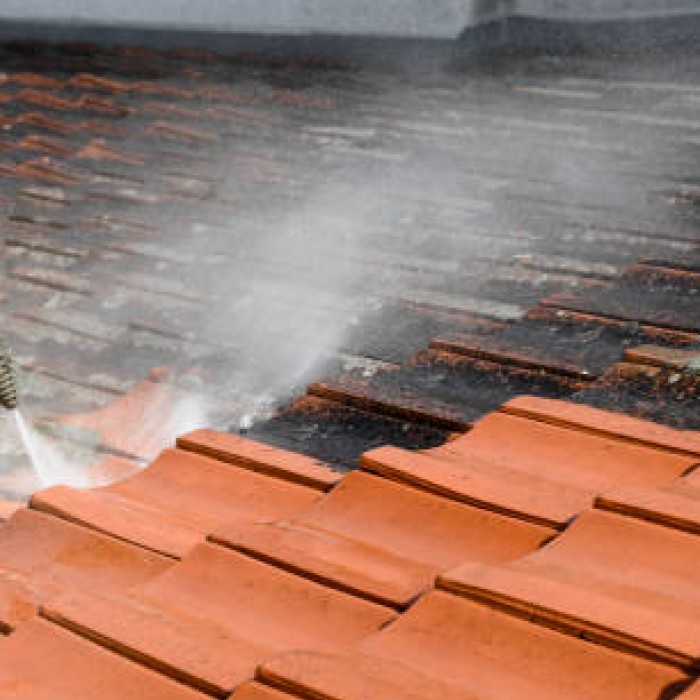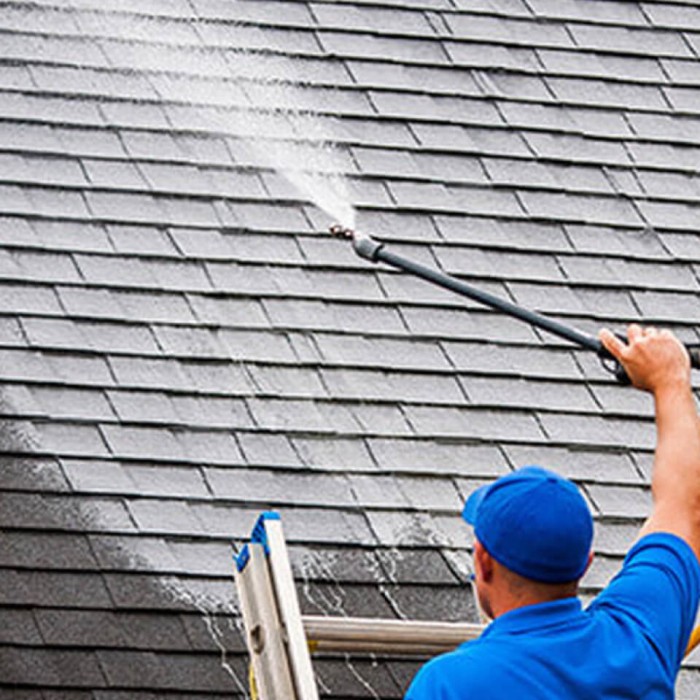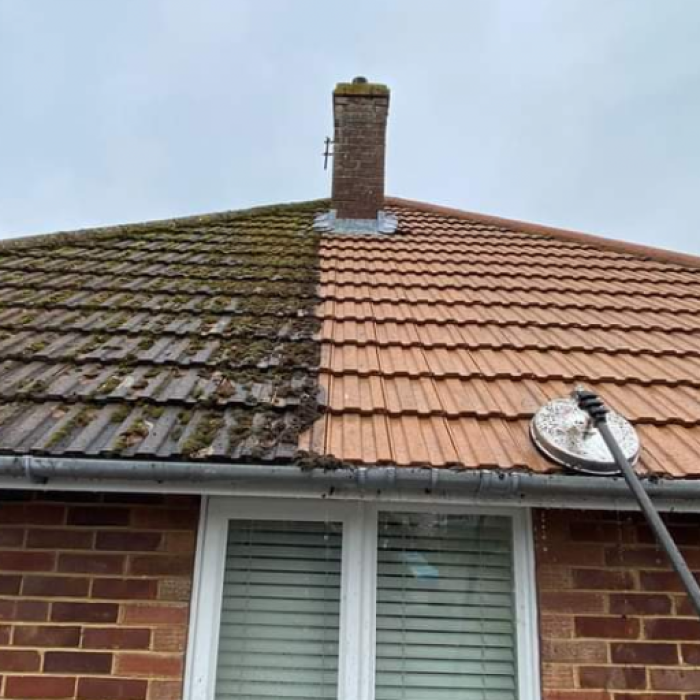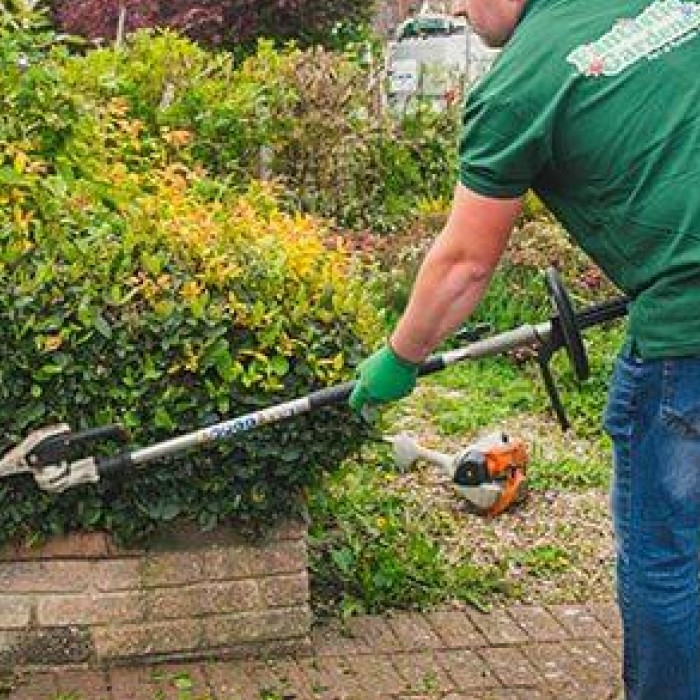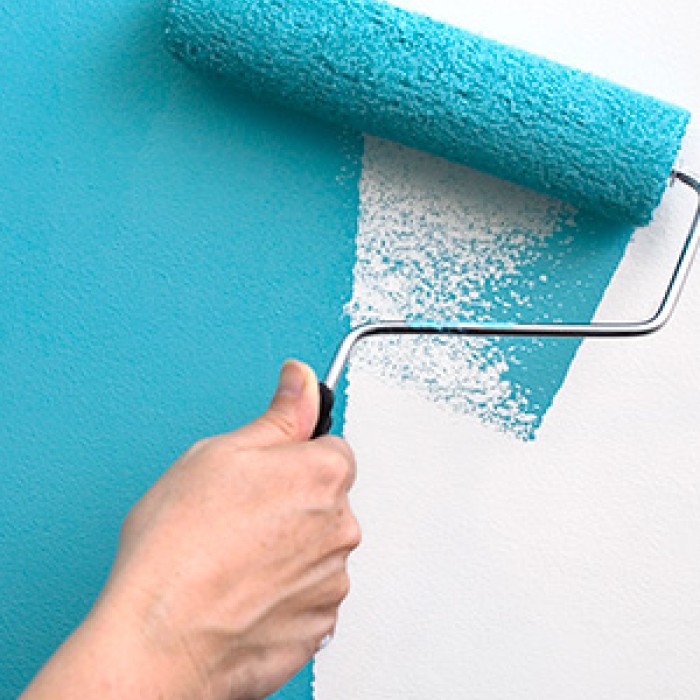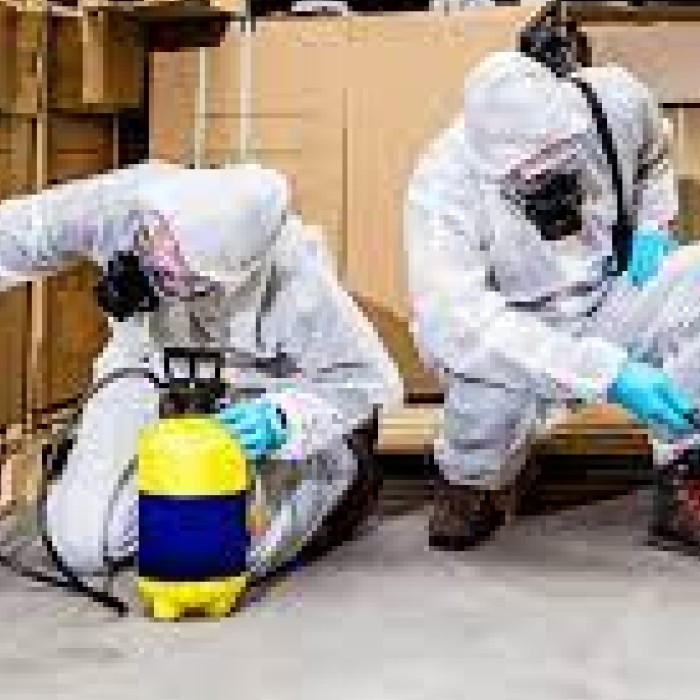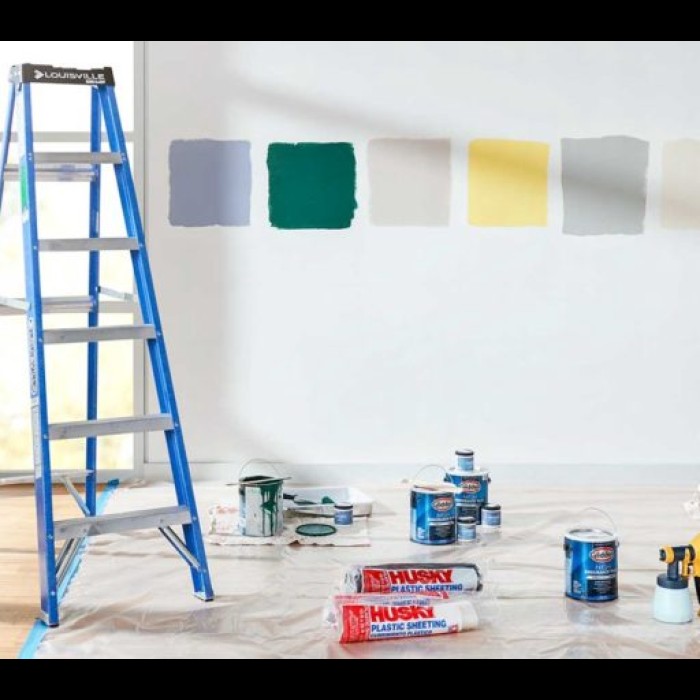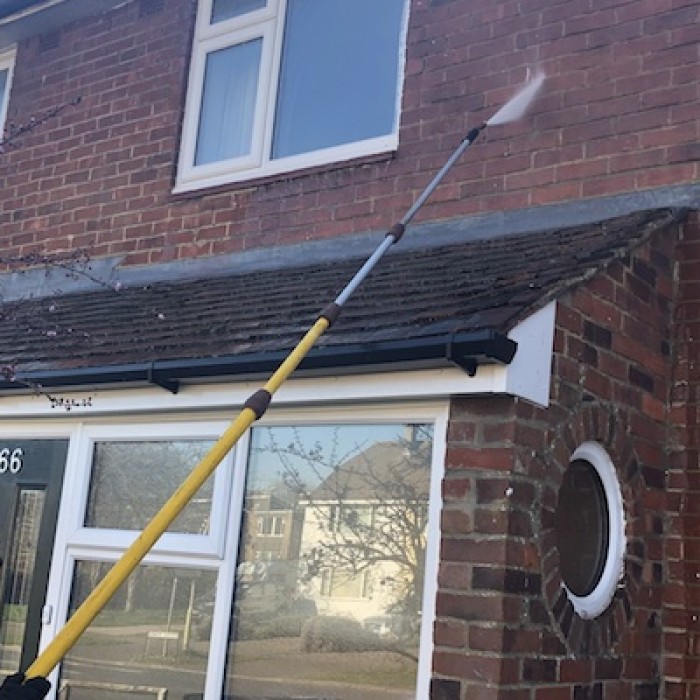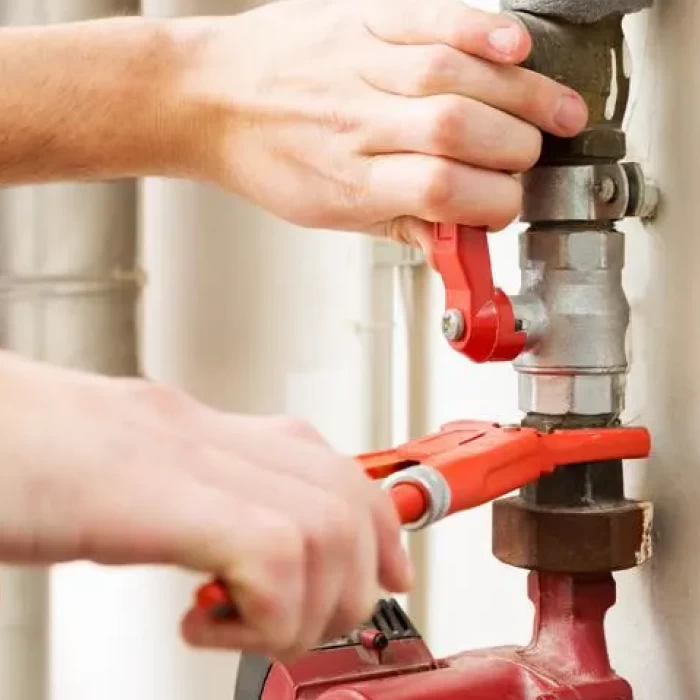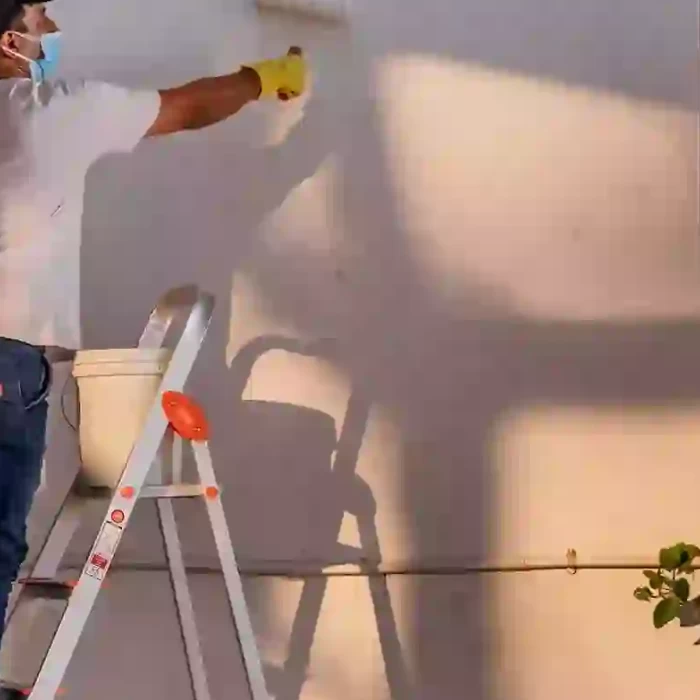The Right Ways to Store Paint For Long Term Use
The Right Ways to Store Paint For Long Term Use
When it comes to painting projects, having a stash of reliable and well-preserved paint is essential. Whether you're a DIY enthusiast or a professional painter, knowing the right ways to store different kinds of pain is a must for keeping them ever ready for a project. It's not just about keeping the paint fresh; it's about maintaining its quality, consistency, and usability over an extended period. It's a common frustration that sometimes, such quality simply isn’t available when most people forget about their old paint tucked in a corner. The good news is that with a little knowledge and effort, you can avoid this disappointment and ensure that your paint remains vibrant and ready for action whenever inspiration strikes.
By adopting the right techniques, you can extend the shelf life of your paint and ensure consistent results every time you or your painters reach for that brush. From understanding the role of temperature and humidity to mastering the art of sealing and labeling, we will guide you through the intricacies of storing paint, so that no matter how old they are, they can still be used in your home. We hope that you'll gain invaluable insights that will protect your investment and guarantee optimal painting experiences.
How to properly store paint for long term
Following are some basic guidelines to ensure that your paint remains in prime condition for future use.
Temperature control
Store paint in an area where temperature fluctuations are minimal, no matter the type of paint. Extreme heat can cause paint to dry out, while freezing temperatures can result in irreversible damage. Aim for a storage space with a consistent temperature between 10°C and 25°C to preserve the paint's chemical composition and prevent degradation. For certain kinds of dry paint powders, room temperature is fine, but high humidity levels are a no-no.
Avoid direct sunlight
Ultraviolet (UV) rays can cause paint to deteriorate and fade. Store paint cans away from direct sunlight or use opaque containers to shield them from harmful UV exposure. This step helps maintain the paint's color integrity and prevents premature aging. This becomes even more important when it comes to paint products that react to UV such as oil paint and certain kinds of spray paints. Dry paint must also be protected.
Seal containers properly
Ensure that paint cans are tightly sealed after each use. Oxygen exposure can lead to skin formation, drying, and the loss of essential properties. Use a rubber mallet or hammer to firmly seal the lids, creating an airtight seal that prevents air exchange. Without proper seals, there is a possibility of spillage and damage through moisture retention or things like inspection or from pests of all sorts.
Label and organize
Clearly label each paint container with relevant information, including the color, brand, and date of purchase or use. This practice allows for easy identification and prevents confusion when reaching for specific paints, and reduces unnecessary buying of paints. Additionally, organize your paint inventory by color or type to streamline future projects. It is also important to use the older paint first whenever there is a new project if it suits the purpose.
Use pest control
Believe it or not, there are many pests that can damage paint of different types. Be it powdered paints or oil paints, large pests like rats can cause potential spillage or can damage the paint containers, especially if unsealed. They can also spoil paint if they get stuck to it/fall into such containers out of curiosity which usually leads to their death but removes the usefulness of such paint.
How to know if old paint has spoiled?
When you're ready to embark on a painting project using paint that has been sitting in storage for some time, it's crucial to determine if it has spoiled before applying it to your surfaces. Here are some telltale signs that your old paint may no longer be usable.
Odor
Take a whiff of the paint. If you detect a strong, foul odor or an unusual chemical smell, it's a clear indication that the paint has gone bad and should not be used. Trust your nose, as a pungent or rancid odor is a reliable sign of spoilage.
Texture and Consistency
Inspect the paint's texture and consistency. If it has become lumpy, clumpy, or contains skin-like formations on the surface, it has likely deteriorated over time. A gritty or separated texture indicates that the paint has lost its smoothness and uniformity, rendering it unsuitable for application.
Color Changes
Observe any drastic changes in color. Old paint may exhibit noticeable shifts in hue or the presence of significant color separation. If the paint appears significantly darker, lighter, or if distinct layers of color are visible, it's a clear indication of spoilage and should be avoided.
Mold or Mildew Growth
Check for the presence of mold or mildew. If you notice fuzzy patches or discoloration on the paint's surface, it's a sign of microbial growth. Mold and mildew can compromise the integrity of the paint and may pose health risks when applied to surfaces.
It is important to remember that using spoiled paint can lead to subpar or even harmful results, such as uneven coverage, poor adhesion, or mold growth all over your home. To ensure the success of your painting project, it's best to discard old paint that exhibits any of these signs of spoilage.
Conclusion
As you should know by now, proper storage of different types of paint is not just a matter of convenience but a crucial step in preserving their quality for long-term use. Failing to take care of your paint supplies can result in costly and frustrating outcomes, such as spoiled and unusable products. always seal paint cans tightly after each use, and make sure to clean the rim of the can before sealing to avoid any buildup that could compromise the seal. Avoid storing paint cans in areas exposed to direct sunlight, as UV rays can cause discoloration and degradation over time. Extremes of temperature, such as freezing or excessive heat, can also lead to irreversible damage. If you need professional assistance with painting or any related services, consider reaching out to WorldWideServices, a reliable agency renowned for their expertise in the field.

